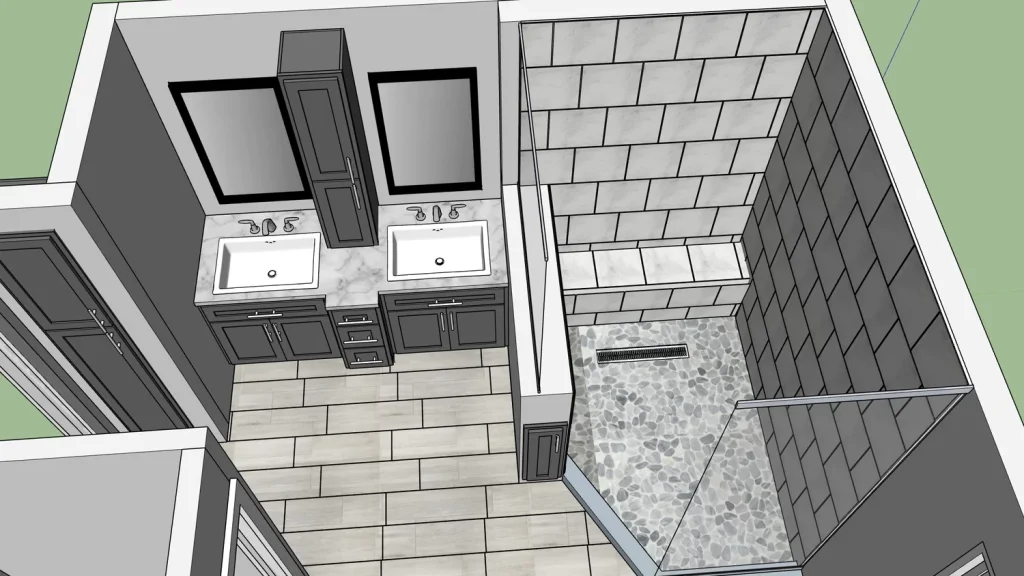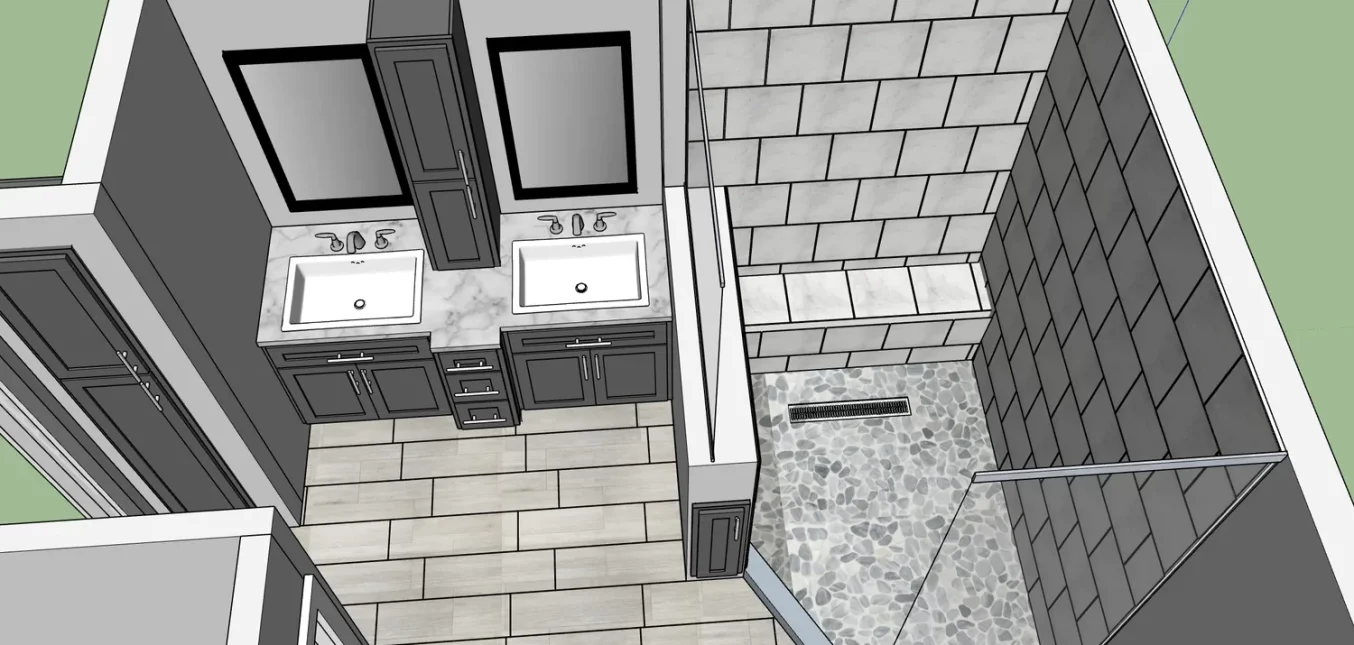A dream home is constructed with the help of architects and contractors. In prior years, general contracting projects dominated the industry but were costlier and took longer. Today, however, the build is streamlined via the design and build method. Here are the key differences between the two.
In the United States, two construction methods exist concurrently: design-build and traditional construction. While using general contractors in traditional construction was commonplace years ago, these days homeowners are gravitating toward the more efficient design-build option for its lower cost, among other advantages.
What does general contracting involve?
Traditional construction requires the homeowner to act both as middleman and manager—which drives up the cost of construction and results in a longer time frame for completion. The homeowner must do all the hiring and managing of the professionals involved in the project.
For example, in order for the build to be underway, the homeowner is responsible for hiring the architect, designer, and contractor—and that’s just to start. The homeowner manages the project, moving it forward with the necessary technical knowledge, time, and resources.
Once the architect and builder are separately contracted, a design firm is hired. The role of the design firm is to supply design plans that can be used immediately. Next, the homeowner solicits bids from a diverse range of contractors, ultimately choosing the best one for the project.
If the bids submitted by the general contractors are too high, a new round of soliciting bids starts all over again. The architect must redesign the project. Bids are then sent out a second time. Only once a bid is satisfactory and accepted does the construction commence.
The designer and builder are not obligated by a contractual relationship. As a result, the risks of miscommunication and confusion are high. If issues arise, the homeowner serving as middleman must step in. Plus, the homeowner is fully responsible for ensuring the integrity of the design plans.
Why would anyone opt for a general contractor? Two reasons exist for choosing the traditional construction method. First, the guarantee of competitive bids is alluring. Second, homeowners who enjoy creative control seek out the opportunity to make the majority of the design decisions.
The downside of opting to work with a general contractor is that the homeowner with creative control spends significant time redesigning and rebidding. This leads to the project taking longer to come to fruition. The consequence is a higher build cost in the long run.

What does design and build involve?
The design-build method streamlines the entire project. The homeowner works with a single company rather than separately hiring out an architect and a general contractor and serving as manager and middleman. This company is solely responsible for both the design and build of the project.
The company hired for the build may approach the construction in one of two ways. All services are provided in-house or the company will subcontract specialized services to other professionals. The design and construction experts collaborate and receive design input and feedback from trades.
How do design-build and general contracting differ?
- Competitive Bidding
Sending out bids to multiple general contractors fosters competition, thereby potentially reducing project costs. However, in design-build scenarios, competitive bids are not a part of the process. Rather, one company is responsible for the entire project, which eliminates negotiations and price comparisons. - Cost
The cost to design-build is remarkably lower than traditional construction. Build firms work to stay within the project budget while maximizing cost savings. Cost-effectiveness is achieved through the collaborative process, whereby decisions are made swiftly, and risks are mitigated. - Communication
Communication and collaboration between the architects, engineers, and contractors proceed smoothly in the design-build approach, which contributes to the project’s success. Productivity among the design-build team is enhanced as unexpected problems are solved in real-time and decisions are made quickly. - Delivery Time
The completion schedule is streamlined with the design-build method. Compared to traditional construction, design-build projects are delivered faster. The design-build’s 12 percent reduction in build time is due to the integration of the design and construction phases and single-point accountability. - Accountability
The single point of accountability found in design-build projects serves as a key advantage, ensuring a seamless process. While responsibilities are delegated to various entities in traditional construction, members of the design-build team take on full responsibility for both the design and build. - Control
Homeowners are more involved in design decisions (i.e., choosing materials, layouts, and design elements) when utilizing a general contractor than when opting for a design-build approach—where greater creative control remains with the design team. The limited control may produce results that fail to align with the homeowner’s expectations.
Choosing a design-build method offers numerous advantages, from streamlining the project to cutting costs and improving the timeliness of delivery. When you seek a quality design and build contractor who is prepared to bring your vision to life, look no further than R3 Contracting.
We handle every step of the build, from initial consultation to learn about your preferred aesthetics all the way to the exciting completion of the construction. Our skilled team has undertaken a wide variety of projects, including home remodeling, additions, and new home construction, among others.
R3 Contracting team members maintain open communication with you, the architects, design team and contractors, throughout the project. Our collaborative approach helps resolve issues quickly and ensures the desired outcome. You are delivered stunning results that meet or exceed your expectations.
Our design team is ready to collaborate with you to create a design. Alternately, if you’ve already worked with an architect and settled on a beautiful design, we’ll work with them to bring the project to life. We keep all parties in the communication loop to ensure success.
As a licensed and insured contractor, R3 Contracting is trusted by countless residential homeowners in Hoffman Estates, Illinois, and the surrounding Chicago suburbs. We are committed to delivering impeccable workmanship and excellent customer service. Call our office today to enhance your home with the help of our design-build team.

